Disclaimer: Psychedelics are largely illegal substances, and we do not encourage or condone their use where it is against the law. However, we accept that illicit drug use occurs and believe that offering responsible harm reduction information is imperative to keeping people safe. For that reason, this document is designed to enhance the safety of those who decide to use these substances.
When taken in large doses (100-250 mg insufflated), ketamine can produce a range of effects, including hallucinations, out-of-body experiences, a feeling of detachment from reality, and a state of complete dissociation from the self. Many users describe this as a K-hole.
This article will outline this unique and often intense effect of ketamine, as well as describe the benefits, risks, and best harm-reduction practices related to the K-hole experience.
What is a K-Hole?
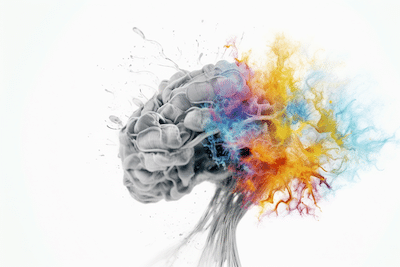
Ketamine is a dissociative drug that was originally used as an anesthetic during the Vietnam War. Recreational ketamine use gained popularity in the ‘80s and ‘90s, and such use continues to this day. It has found widespread use in rave settings because in low doses it can induce euphoria.
However, in higher doses, as many users have found, it can lead to the K-hole psychedelic experience. This is when your awareness of your environment and bodily control are significantly impaired.
When you’re in a K-hole, you will be unable to interact with others or the world. This is an intense altered state in which you may have the feeling of leaving your body, being detached from your self, and traveling through a dream-like world. Some may find this state of mind uncomfortable, whereas others may have a life-changing spiritual experience.
Ketamine is a water-soluble PCP derivative. It is a chiral molecule, which means it is asymmetric in such a way that the chemical structure and its mirror image are not superimposable.
As a chiral molecule, it has two enantiomers or forms that are mirror images of one another, which cannot be superimposed on each other but which are chemically identical in every other respect. These two forms of ketamine are S(+) isomer, or “esketamine,” and an R(-) isomer, or “arketamine.”
A 2020 animal study published in Scientific Reports sheds light on how ketamine can induce a K-hole in humans. In this study, a group of scientists at the University of Cambridge administered large doses of ketamine to sheep. They then measured their brain activity using electroencephalography, or EEG.
While it’s important to be careful about the notion of sheep experiencing a K-hole themselves, the researchers found that high doses of ketamine led to short periods of time where there was no electrical activity – of any frequency – in the brain’s cortex.
Professor Jenny Morton at the University of Cambridge’s Department of Physiology, who led the research, said: “This wasn’t just reduced brain activity. After the high dose of ketamine the brains of these sheep completely stopped. We’ve never seen that before.”
This effect lasted for up to several minutes, after which time cortical activity resumed. The authors of the study state, “This phenomenon is likely to explain the ‘k-hole’, a state of oblivion likened to a near death experience that is keenly sought by ketamine abusers.” This may account for why many people think they have died during a K-hole.
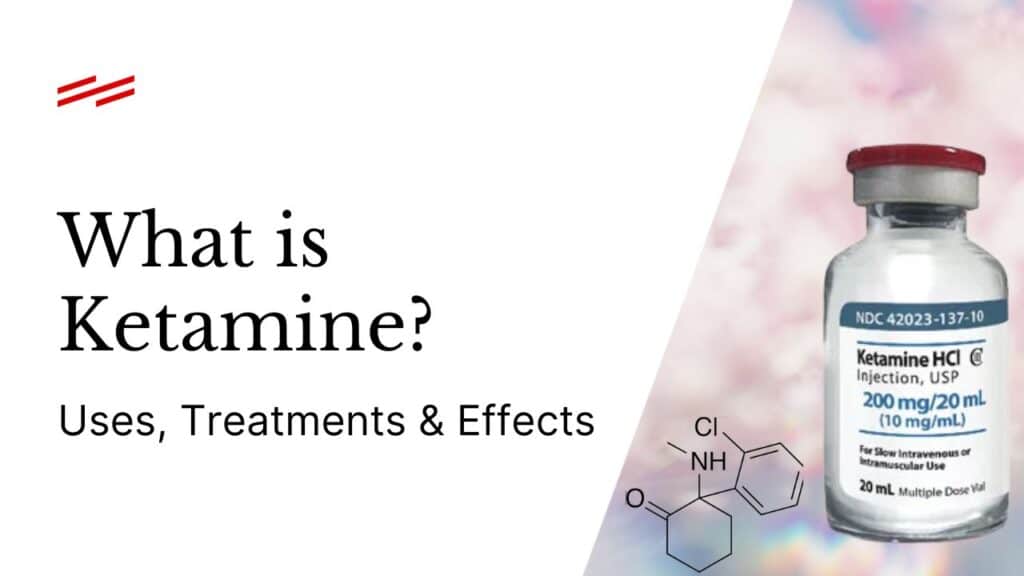
Effects of the K-Hole Experience

A K-hole can include a range of physical, perceptual, emotional, and spiritual effects.
Physical Effects:
In large doses, which are high enough to induce a K-hole, your ability to find orientation and a sense of control can be significantly reduced. Because of its dissociative effects, It is normal to lose the sensation of your body or your body being separate from the environment.
Many people are unable to speak. It’s called a “K-hole” because you become unable to navigate your surroundings, and you’re essentially trapped wherever you’re sitting or lying.
With eyes open during a K-hole, the external environment can distort significantly and become unrecognizable. You may also have the sense of floating above your body or around the room.
With eyes closed, however, you can find yourself in or traveling through different dimensions, worlds, or a great void (as if being in space). Some people may see visions of scenarios or real memories play out.
The K-hole experience is not typically very colorful in the way that the visuals and other hallucinogenic effects of classic psychedelics are. For many people, K-holes can be a black-and-white experience.
Emotional Effects:
A K-hole can induce different emotions, depending on how someone is reacting to the acute subjective effects. The experience may feel unpleasant, frightening, or lead to strong feelings of powerlessness.
These negative emotional effects may be heightened if your ability to communicate with others is affected. Feeling afraid or overwhelmed is more likely in a chaotic recreational setting.
Nonetheless, if you can relax into the experience and are somewhere quiet and comfortable, you may experience positive emotions like euphoria, peacefulness, joy, and bliss.
Spiritual Effects:
In terms of spiritual effects, in a dissociative state your sense of self may disappear, which is known as ego dissolution. Some people may find this a scary experience, as they may be convinced that they’re dying or have died. But by not resisting this effect, people can experience a sense of freedom and profound joy.
Other spiritual effects include a feeling of being outside of space and time, a sense of sacredness or the divine, a sense of oneness or interconnection, and ineffability (being unable to adequately describe the experience).
Perceptual Effects:
A K-hole can also involve distortions of time and space, even if these concepts don’t disappear completely. A 30-minute trip may feel like hours and objects, your body, or other people may appear smaller or larger than normal. There can also be a sense of motion during the experience, like sinking or falling down somewhere. This is another reason why it’s called a “K-hole”.
The K-hole experience is relatively short, lasting around 30 minutes. This means it’s possible to have a full-blown mystical experience and be back in sober reality an hour after dosing.
Grow 1 Year's Worth of Microdoses in Just 6 Weeks
Third Wave partnered with top mycologists to create the world’s easiest and best mushroom growing program (kit, course, and expert support).
- Pre-sterilized and sealed
(ready to use out of the box) - Step-by-step video and text course
- Access to growing expert in community
- Make your first harvest in 4-6 weeks
- Average yield is 1 - 4 ounces (28-108g)
- Fits in a drawer or closet
- Enter info for Third Wave discounts:
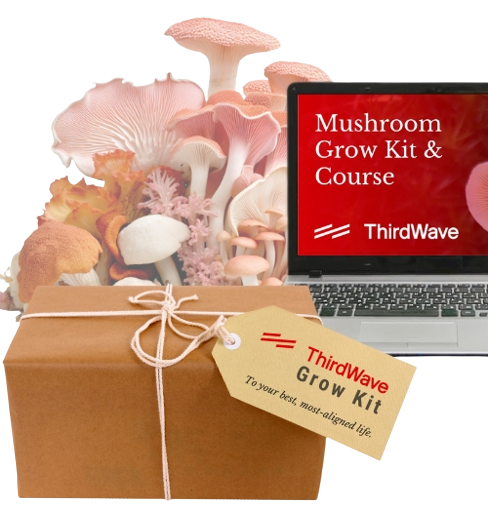
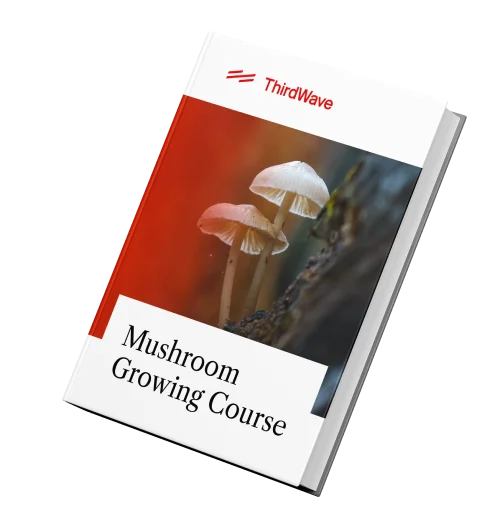
Grow 1 Year's Worth of Microdoses in Just 6 Weeks
Third Wave partnered with top mycologists to create the world’s easiest and best mushroom growing program (kit, course, and expert support).
- Pre-sterilized and sealed
(ready to use out of the box) - Step-by-step video and text course
- Access to experts in community
- Make your first harvest in 4-6 weeks
- Average yield is 1 - 4 ounces (28-108g)
- Fits in a drawer or closet
- Enter info for Third Wave discounts
Personal Accounts of the K-Hole Experience

First-Hand Accounts
In a piece for Vice, journalist Gavin Butler interviewed people who had life-changing K-hole experiences. (Their names have been changed to protect their privacy.)
Nick, a 20-year-old ski instructor, recounted:
I felt this warmth all over me, but at the same time I stopped being able to feel anything at all. I fell back on my bed and I don’t know if I closed my eyes or they remained open, but I stopped really feeling any sense of self.
All of a sudden I was watching myself buy meth from a stranger. I was standing on the concrete about [three meters] behind myself. I could feel how cold it was, I could smell pine from the trees around me. I was completely immersed in the memory. I watched myself walk back to my car and drive away. Then I was in my old room. I could see the spray paint on the walls. I watched myself take my first line of crystal, and I felt ashamed.
Then, all of a sudden, I was outside my sober living, by the pool. I watched myself swimming in the water with my girlfriend [at the time]. Again, I was entirely in the memory—I could smell, see, taste, everything. This went on for some time. I watched myself at the pier, at the beach, and so on. I was reliving events with such total recall that I had no idea I had. I was accessing the memories entirely and living through them with the same feelings I felt at the time of the memory. It was beautiful, and it was heartbreaking at the same time.
Tom, a 26-year-old logistician, told Butler:
I was falling through my mattress into another dimension… I lost track of reality and time. I couldn’t remember if I had actually taken my K. I tried to move but my body seemed to just vibrate as the K kept disconnecting me from my body….
Ketamine is a dissociative, and it gave me some emotionally disconnected perspective on myself and my behavior in public. Usually, I am constantly questioning every step I take, every word I say, what could others think of me. After the K-hole I’m not thinking as much about those things. Ketamine provides you with trippy thoughts about yourself and the ability to actually think about your problems without being emotionally attached.
Common Themes and Experiences
Let’s now summarize the most common themes related to the K-hole experience:
- Feelings of detachment or dissociation from your body, sense of self, and surroundings, which can feel disorientating or serene
- A sense of motion, which may be falling, sinking, traveling upwards, or floating in the external environment or an internally created environment
- Accessing memories in great detail and gaining new perspectives or emotional responses related to them
- Examining current personal issues in an emotionally detached way
- Exploring strange dream-like worlds, space amongst the stars, or a great void
- The feeling of having died, an experience similar to many accounts of a near-death experience (NDE). Like NDEs, K-holes can include a feeling of peacefulness and seeing light at the end of a tunnel
- Gaining insights about one’s life and developing new attitudes that are transformative and beneficial
What Experts Have to Say About the K-Hole Experience
Dr. Stephen Bright, a clinical psychologist, notes that the K-hole can involve “a sense of oneness with the universe, a series of interconnectedness… sometimes even a spiritual sort of experience.” So it’s “not surprising at all” that people find the experience to be life-changing, he adds.
Bita Moghaddam, the author of Ketamine, an MIT Essential Knowledge Book, defines the K-hole as:
…a state that occurs when someone takes higher doses of ketamine that are not quite anesthetic. Whilst lower than anesthetic dose the dose is higher than what individuals may take for a more pleasant dissociative high.
This higher dose induces a state where your awareness of the world around you and your control over your own body becomes very impaired. You essentially feel completely dissociated from the world around you as if you don’t exist in this world. The slang refers to how profoundly scary and aversive the experience can be.
However, the K-hole – even if it includes the feeling of disconnection from your self, the body, and the world – is not a negative experience for every user, as Bright has observed.
Dr. Karl Jansen, a leading expert on ketamine, points out in his book, Ketamine: Dreams and Realities (2001):
Ketamine can reproduce all features of the NDE, including buzzing/ringing/whistling sounds at the beginning, travel through a dark tunnel into light at high speed, the conviction that one is dead, apparent telepathic communion with God, intense visions, life reviews, out-of-body experiences, and mystical states.
Potential Risks and Benefits of the K-Hole

As with any substance, ketamine has its own benefit-risk profile. In the higher dosage range where a K-hole becomes possible, a unique set of potential benefits and risks emerge.
Short-Term Risks
The short-term risks of the K-hole are those that may manifest during the experience itself. These negative side effects may include:
- Paranoia
- Anxiety
- Panic
- Agitation
- Disturbing hallucinations
- Short-term memory loss
- Vomiting
- Slow heart rate
- Slow breathing
- Being unable to communicate your distress and receive support
- Your body becoming numb and the loss of full bodily control, which may cause you to fall, injuring yourself or someone else
Long-Term Risks
The most significant long-term risks of repeated high-dose ketamine use are dependence and bladder syndrome (a chronic condition causing bladder pressure and pain).
Jansen states:
My view is that ketamine is far more likely to create periods of dependence than any other psychedelic drug, but that the ‘more than half’ [of users who like the substance] estimate is too high and would not be supported by a general survey of users. In my opinion, the group who lose control over their use is unlikely to exceed 15% of those who find the experience rewarding.
Jansen goes on to describe why ketamine entails a higher risk of dependence compared to classic psychedelics:
Ketamine can provide a dramatic break from the pains and problems of the everyday world. There are few drugs offering such a complete escape without actual loss of consciousness. It may appear to take the user out of the body, the room, the house, the city, and often right off the planet and into another universe altogether. It may even appear to take the user beyond life, through the Valley of Death, and out the other side again. Ketamine dependence can result from the desire to turn this ‘adventure holiday’ into a lifestyle.
Therapeutic Applications
While initially (and still) used as an anesthetic, ketamine is gaining popularity as an alternative treatment for a range of mental health conditions, such as depression and treatment-resistant depression, that can offer several benefits compared to antidepressants.
The research on the efficacy of using ketamine to treat various mental health conditions and the ability to use it off-label as a mental health treatment has led to the rise of the ketamine clinic.
In a clinical setting, under supervision, ego dissolution can feel beneficial and healing. Ketamine clinics also prioritize integration, whereby therapists work with you to integrate your ketamine experiences into changes to your attitudes and lifestyle, which helps to contribute to long-term well-being. An ordinarily fixed negative mindset can give way to a more open and flexible way of thinking.
However, there’s no evidence that achieving a K-hole experience is necessary for this kind of progress.
A 2021 study published in Translational Psychiatry bolsters previous research showing that low-dose ketamine is effective for alleviating emotional distress – in this case, reducing chronic suicidality. In animal studies, low doses of ketamine lead to rapid improvements in neuroplasticity (the ability of the brain to form new connections and pathways), which is associated with long-lasting antidepressant effects.
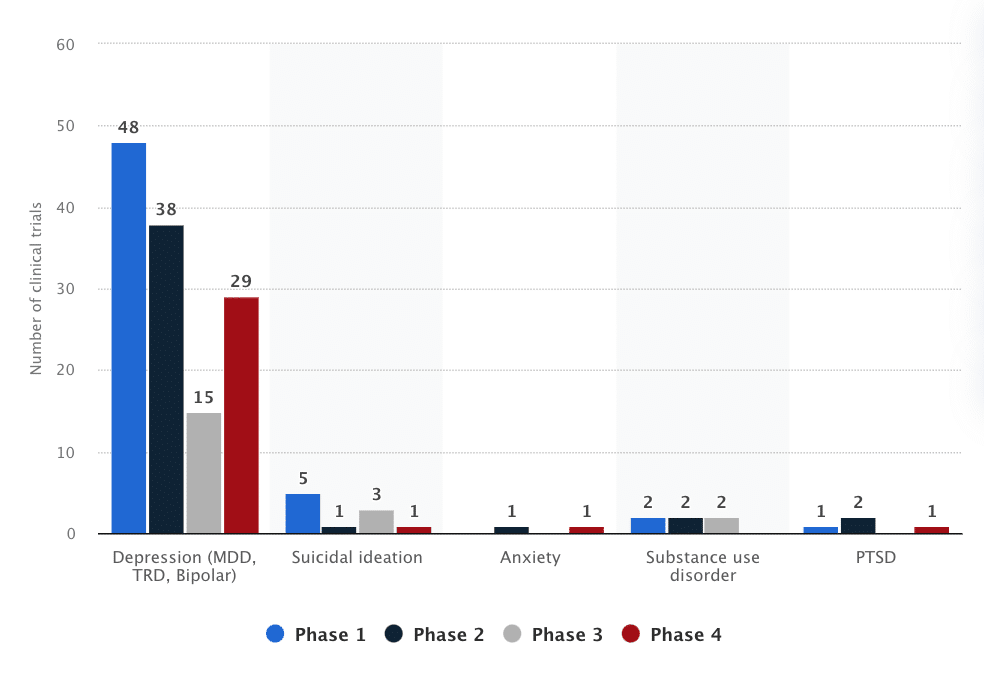
Recreational Drug Use
As Butler found in his interviews with recreational users of ketamine, the K-hole can be therapeutic and transformative.
But, as in the case of ketamine-assisted psychotherapy, integrating the insights of the K-hole experience is crucial. As Bright emphasizes:
Some people report the K-hole as being like a near-death experience… [and] if you speak to someone that’s had a near-death experience, they often reprioritize what’s important in life or not… I think the important thing with all psychedelic research, ketamine included, is there needs to be some sense of ’integration.’ It’s all very good having this spiritual experience or this understanding of these patterns of behavior that you’re engaging in, but unless you translate this into your real life, then it’s just a fleeting state of enlightenment and it’s not having any ongoing effects.
Grow 1 Year's Worth of Microdoses in Just 6 Weeks
Third Wave partnered with top mycologists to create the world’s easiest and best mushroom growing program (kit, course, and expert support).
- Pre-sterilized and sealed
(ready to use out of the box) - Step-by-step video and text course
- Access to growing expert in community
- Make your first harvest in 4-6 weeks
- Average yield is 1 - 4 ounces (28-108g)
- Fits in a drawer or closet
- Enter info for Third Wave discounts:


Grow 1 Year's Worth of Microdoses in Just 6 Weeks
Third Wave partnered with top mycologists to create the world’s easiest and best mushroom growing program (kit, course, and expert support).
- Pre-sterilized and sealed
(ready to use out of the box) - Step-by-step video and text course
- Access to experts in community
- Make your first harvest in 4-6 weeks
- Average yield is 1 - 4 ounces (28-108g)
- Fits in a drawer or closet
- Enter info for Third Wave discounts
Harm Reduction Strategies for the K-Hole Psychedelic Experience

To have as safe a K-hole experience as possible, it’s important to keep certain tips in mind.
Safer Use Practices
If you intend to aim for a K-hole experience, we recommend:
- Having a sober sitter, who can look after your physical safety and listen to your description of your experience when it’s over
- Not consuming food for three hours before the experience, so as to reduce nausea
- Avoid using alcohol and other drugs at the same time, as this may lead to a physically or mentally unpleasant experience
- Sitting or lying still, rather than try to get up and move about
- Keeping away from open flames
- Having the experience in a safe, quiet, comfortable, and indoor environment
- Letting go, not resisting, or going with whatever subjective effects arise
Overdose Prevention
A ketamine overdose can be fatal. If you develop ketamine dependence, you can build tolerance and therefore require higher and higher doses to achieve a K-hole. This increases the risks of an overdose. You can prevent this from happening by being mindful of your use and, if you or others notice abuse or dependence occurring, taking steps to stop or dial back your use. In some instances, this may call for addiction treatment and psychotherapy to understand the reasons behind compulsive and self-destructive use.
It’s also important to use high-precision digital milligram scales so that you can ensure you only use doses in a safe range. When insufflating (snorting) ketamine hydrochloride as a crystalline powder, you can achieve a K-hole in doses ranging from 100-250 mg. As always, it’s better to “start low and go slow.”
You should be aware, however, that ketamine overdose is relatively rare and is one of the few psychoactive compounds with a serious complication rate of less than 1%.
For Those Struggling with Ketamine or K-Hole Addiction
As Jansen has observed, the K-hole experience can feel like a form of escapism, a way of forgetting about the pains and problems of everyday life. Treatment for ketamine addiction typically involves a combination of rehab, behavioral therapeutic approaches, and other psychosocial approaches.
Firstly, you may require medical help in stopping ketamine use safely, with a full medical detox being the most effective way. Thereafter, qualified therapists can help you address the underlying causes and issues that underlie your addiction. Various psychotherapeutic approaches can be helpful in this regard.
In addition, to avoid relapse, you may need to learn and put into practice healthier ways of managing emotional distress and coping with triggers, as well as seek out improvements to your social life and relationships. Maintaining recovery can often require ongoing support, be it from professionals or support groups.
Summary & Next Steps
The K-hole experience can involve a wide range of effects. Amongst recreational ketamine users, it may carry negative connotations, as many users find it a disorientating and distressing experience.
But often, these negative effects can be minimized by not trying to control the experience and accepting whatever comes up, as well as having the experience in a quiet and controlled environment. K-holing at a rave, club, festival, or party with lots of people, noise, and conversation happening can feel deeply unsettling.
However, many people find the K-hole experience to be insightful, therapeutic, and life-changing. This is because the use of ketamine can induce NDE-type or mystical experiences. But, it should be underlined, you can gain new perspectives and personal changes through low doses. K-holes may not be necessary for therapeutic benefits.
With the above research, personal accounts, expert commentary, and practical tips in mind, you’ll be able to make an informed decision regarding ketamine use.
Be sure to check out the Third Wave Directory to find reputable and vetted ketamine clinics and therapists trained in integration.
Head To The Directory Here
Grow 1 Year's Worth of Microdoses in Just 6 Weeks
Third Wave partnered with top mycologists to create the world’s easiest and best mushroom growing program (kit, course, and expert support).
- Pre-sterilized and sealed
(ready to use out of the box) - Step-by-step video and text course
- Access to growing expert in community
- Make your first harvest in 4-6 weeks
- Average yield is 1 - 4 ounces (28-108g)
- Fits in a drawer or closet
- Enter info for Third Wave discounts:


Grow 1 Year's Worth of Microdoses in Just 6 Weeks
Third Wave partnered with top mycologists to create the world’s easiest and best mushroom growing program (kit, course, and expert support).
- Pre-sterilized and sealed
(ready to use out of the box) - Step-by-step video and text course
- Access to experts in community
- Make your first harvest in 4-6 weeks
- Average yield is 1 - 4 ounces (28-108g)
- Fits in a drawer or closet
- Enter info for Third Wave discounts







